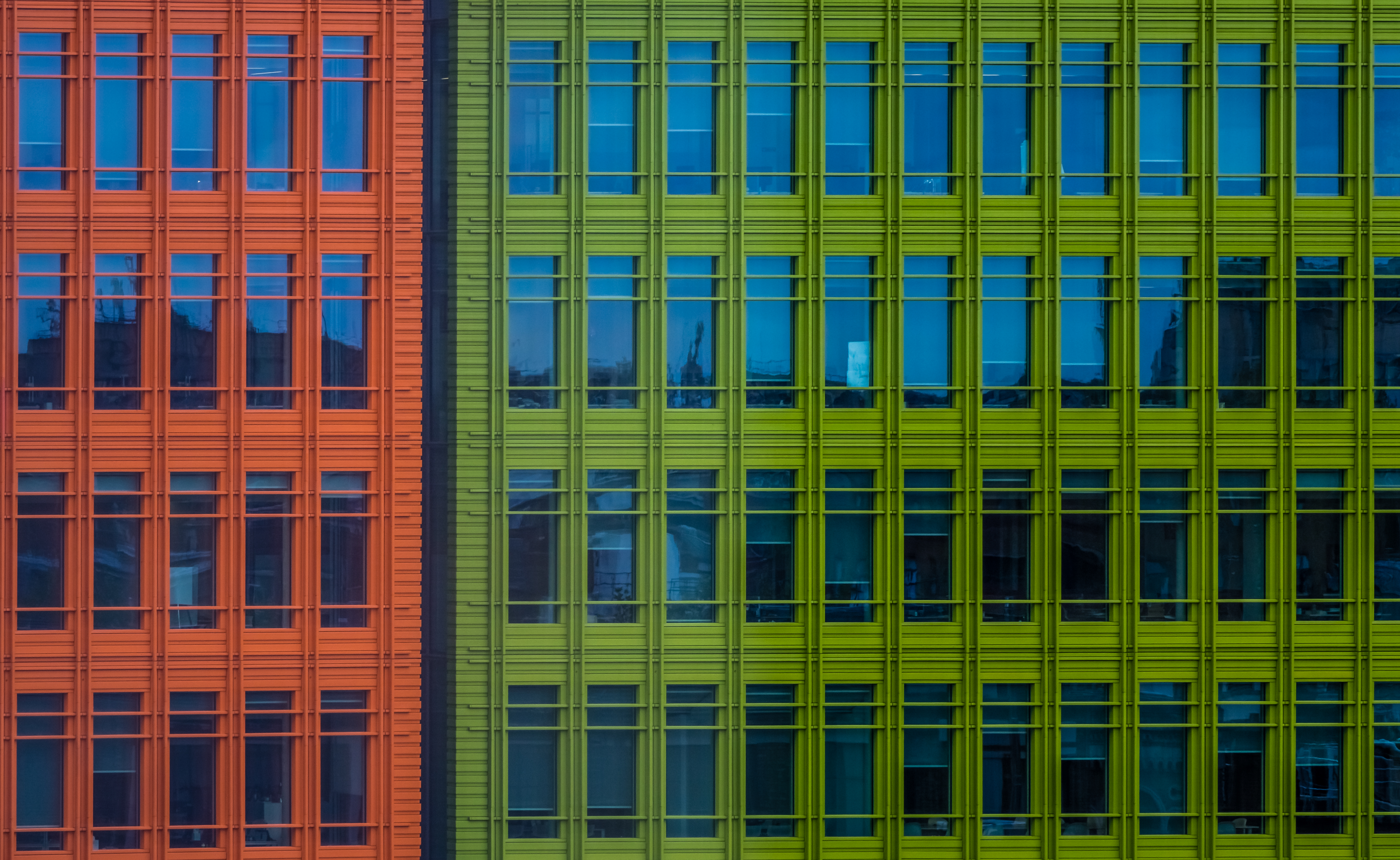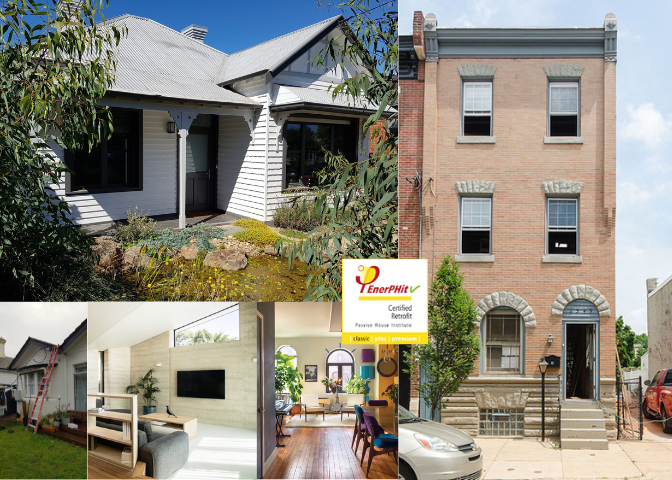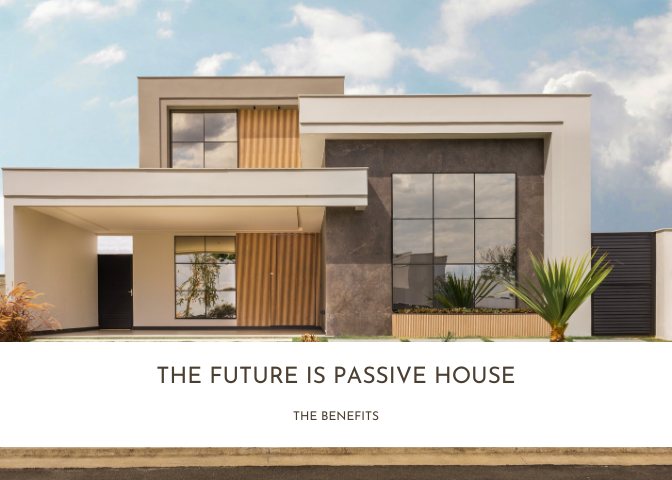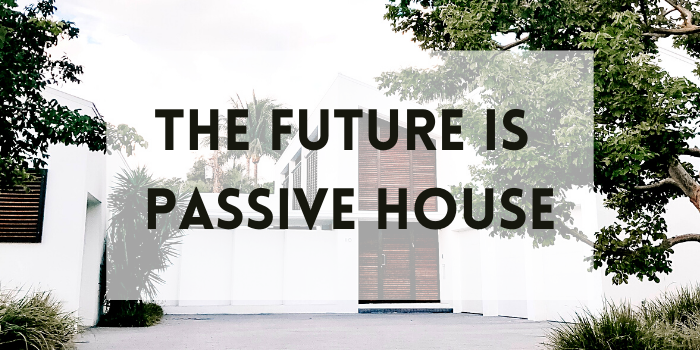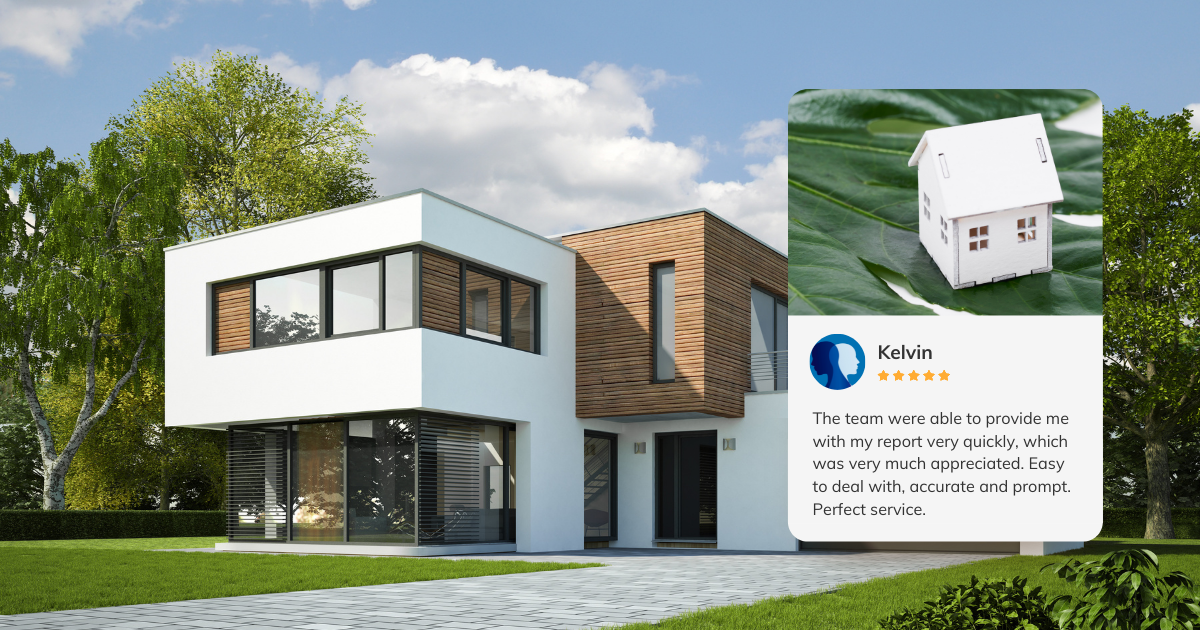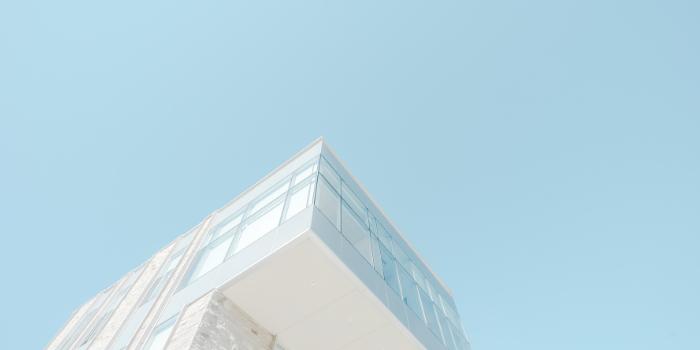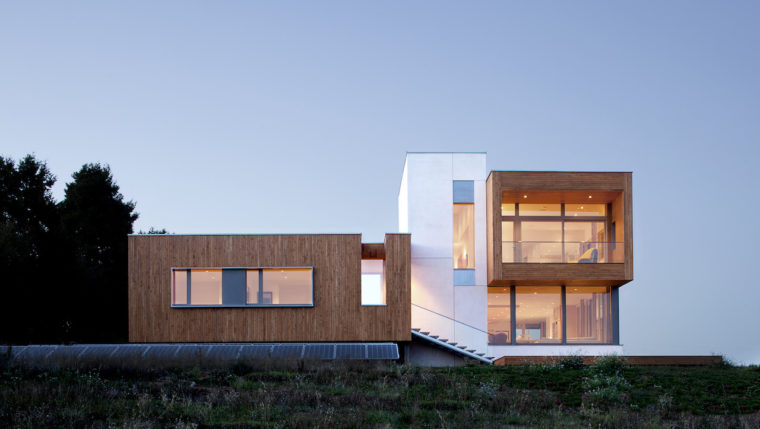What is a Passive House?
4 min read
Passive Commercial Projects - A trend for a greener future
By Jamie Bonnefin on Feb 28, 2023 9:35:06 AM
Topics: ESD Architecture Sustainability Passive House Commercial
6 min read
Passive House Retrofit
By Jamie Bonnefin on Feb 6, 2023 12:47:37 PM
What is a Passive House Retrofit?
Passive House retrofit is the process of upgrading an existing building to meet the Passive House standard. This typically involves improving the building's insulation, airtightness, and windows, and ensuring that the building has a good thermal envelope. A retrofitted Passive House should consume much less energy for heating and cooling and provide a comfortable indoor environment with good air quality.
Retrofitting an existing building to Passive House standards can be challenging and may require significant work and investment. However, the benefits of a retrofitted Passive House can be substantial, including significant energy savings, reduced carbon emissions, and improved indoor comfort.
Retrofitting a building to Passive House standards usually begins with an energy assessment to identify the building's current energy consumption and areas for improvement. Then, an energy-efficient design is developed, taking into account the specific conditions of the building, such as
its orientation, size, and existing materials. The retrofit work is then carried out, including adding insulation, sealing air leaks, and upgrading the building's windows. Finally, the retrofitted building is tested to ensure that it meets the Passive House standard.
And in return, when a retrofit achieves Passive House standards, the home is certified as EnerPHit for certified retrofits.
Topics: ESD Architecture Sustainability Passive House Residential passive house australia Retrofit
4 min read
Passive House: Comfortable Homes are the Future!
By Jamie Bonnefin on Jan 31, 2023 3:50:21 PM
The Passive House standard of construction provides a comfortable habitable space by means of reducing thermal bridges, high performance glazing and smart design for solar gain producing a sustainable airtight solution. Passive House buildings are already being built in a variety of climates and building types, including single-family homes, multi-family buildings, schools and commercial buildings, showing that the standard can be adapted to different projects and contexts.
This ability to significantly adapt to the changes in climate enables superiorly comfortable temperatures throughout the construction. The building’s inhabitants will receive the benefits of a temperate environment, reducing the use of expensive climate controls like air conditioning. The Passive House solution also supports the comfort of the user, not only through an evenly temperate environment, but through airtight construction the mitigation of sound transmission, dust, bugs and moisture.
Passive House prioritises energy efficiency and comfort, offering a future proof solution to the increasing needs of all stakeholders. Sustainable construction is already seen as the answer to the climate crisis which is where the Passive House standard offers solutions that are beneficial to both the environment and inhabitants.
Topics: ESD Architecture Thermal Comfort Sustainability Passive House Benefits of Passive House
6 min read
Introduction to Passive House
By Jamie Bonnefin on Jan 31, 2023 2:25:20 PM
The Passive House concept was first developed by German physicist Dr. Wolfgang Feist during the early 1990s in Darmstadt, Germany. The goal was to create buildings that use very little energy for heating and cooling, while still providing a high level of comfort for the occupants.
The exact definition of Passive House, as provided by the Passivhaus Institut is as follows:
“A Passive House is a building, for which thermal comfort (ISO 7730) can be achieved solely by post-heating or post-cooling of the fresh air mass, which is required to achieve sufficient indoor air quality conditions – without the need for additional recirculation of air”
Dr. Wolfgang Feist (via Passive House Institut)
Topics: ESD Architecture Sustainability Passive House
3 min read
Benefits Living in a Passive House
By Jamie Bonnefin on Jul 9, 2021 1:35:44 PM
With climate change being at the forefront of challenges we must begin to address, we have to reconcile with adapting our lives to the state of the world we live in. From buying tote bags and metal straws to reducing meat consumption, much of the actions we are to personally take are often cumbersome. It hurts my soul to limit my steak burrito intake to once a week! Unlike most of these personal adjustments, however, adopting a Passive House Design layout for your home would not only improve your living standards but come with a myriad of benefits for homeowners and landlords alike!
Topics: ESD Energy Efficiency Passive House Residential passive house australia
2 min read
The Future is Passive House: Why Will It Benefit Buyers and Developers?
By Johnathan Le on Mar 2, 2021 8:48:22 AM
Passive House is a building standard and a methodology in design.The Passive House building standard is internationally recognise & science-based.
Topics: Passive House
2 min read
Why Passive House is the latest update in Australian Sustainability
By Deniro Stocks on Oct 9, 2019 11:00:00 AM
Very recently, New South Wales had the first two certified Passive houses (also known as Passivehaus) constructed in Sydney's North Shore and the Blue Mountains. But what exactly is a Passive House and what impact could there be in the building and construction market?



